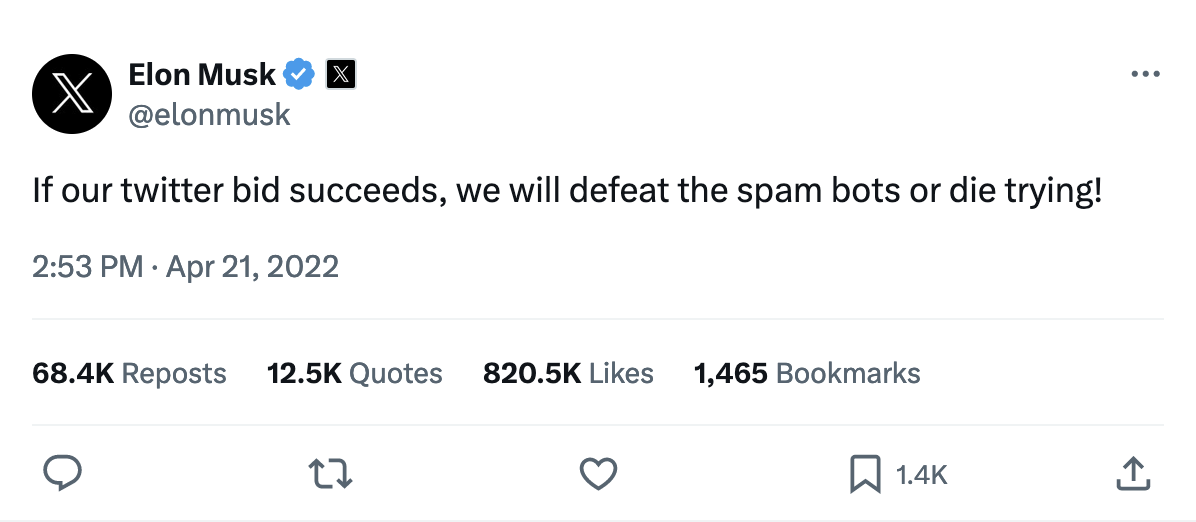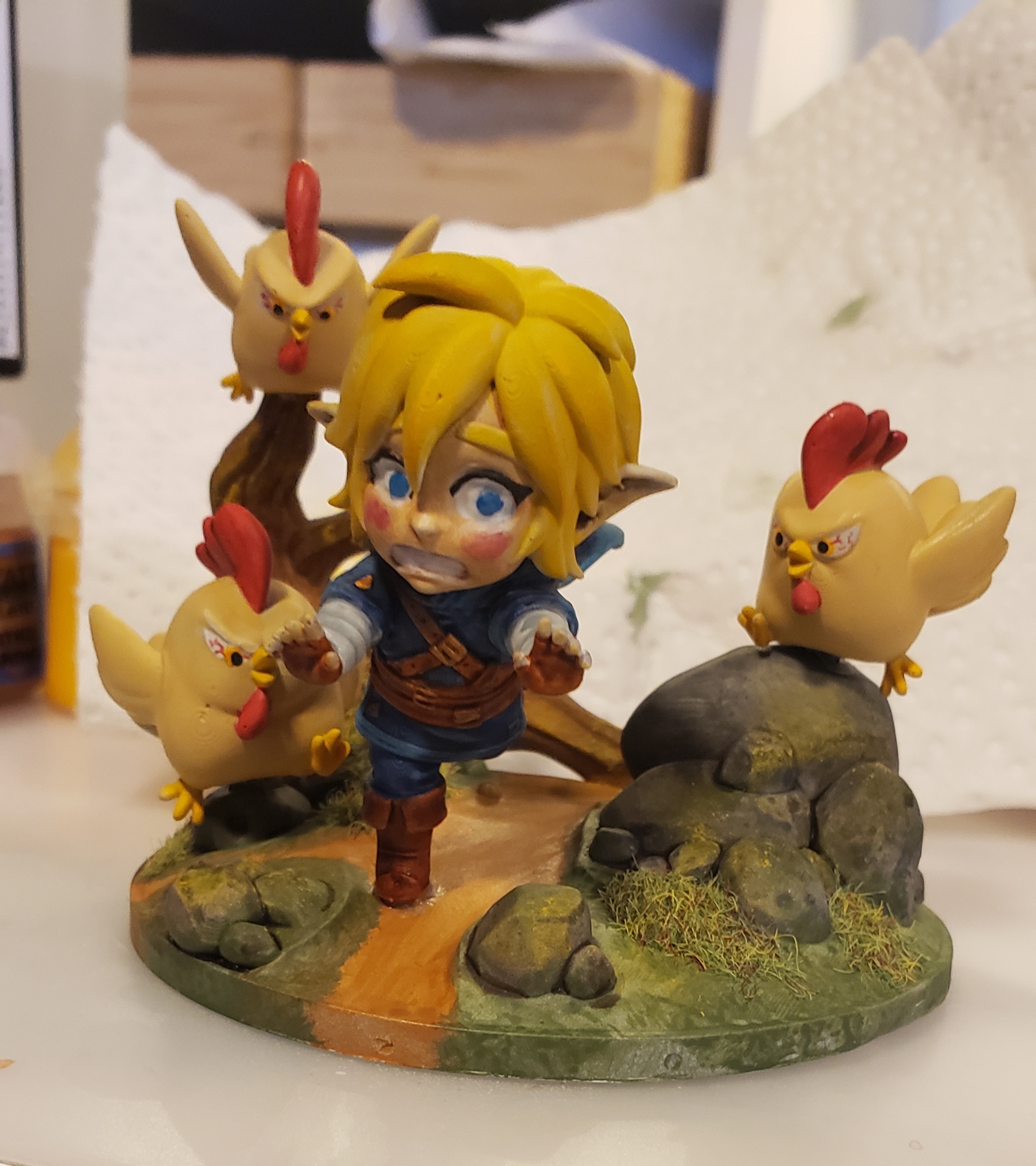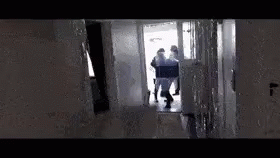These numbers are legitimately shocking.

Glad to hear it’s looking like the latter!
In case anybody just wanted numbers, the group researching this found ~75% of twitter’s ad clicks were bots compared to about 2% for TikTok, FB, and IG during same Super Bowl game. The group also noted they had never seen over half (>50%) being bots before.
That smells like fraud to me.
It’s almost as if the SEC keeps giving him a pass for all his fuckery.
127.0.0.1 twitter.comWorks great from my perspective.
/dev/null
Is that ipv8?
Wouldn’t
0.0.0.0be better?
Is there an explanation on how CHEQ determines bot traffic? I figure it’s likely they wouldn’t publicize that information since it’d probably be seen as a risk to their business, but this is a pretty big claim to make without substantiating it. Tbf, I also probably wouldn’t understand their methods even if they did explain it, but it’d be nice to have.
CHEQ’s data for this report is based on 144,000 visits to its clients’ sites that came from X during Super Bowl weekend, from Friday, Feb. 9 up until the end of Super Bowl Sunday on Feb. 11. The data was collected from across CHEQ’s 15,000 total clients. It’s a small portion of the relevant data, and it’s not scientifically sampled, but it nonetheless suggests a dramatic trend.
CHEQ monitors bots and fake users across the internet in order to minimize online ad fraud for its clients. Tytunovich’s company accomplishes this by tracking how visitors from different sources, such as X, interact with a client’s page after they click one of their links. The company can also tell when a bot is passing itself off as a real user, such as when a fraudulent user is faking what type of operating system they are using to view a website.
I mean, that’s somewhat informative, and I could guess at some of the behavior they’re looking for, but it doesn’t explain much in how they determine what behavior exemplifies a bot vs a human user in more complicated scenarios.
Why do bots click ads?
I think the implication is some of these bots are meant to make twitter are used to fake twitter’s engagement numbers.
When they pitch to a customer (to sell ad space), it looks good on paper.
Then they but ad space, but fail to convert anything from it because it’s just bots.
TL;DR: Twitter is kinda scamming advertisersThe article kinda dances around that.
But then it’s implying that all the other sites do it too, just less?
Slightly more than 2.8 percent of the 306 million visits sent from TikTok were determined to be fake. Out of the 90 million visits that came from Facebook, a bit more than 2 percent were fake. And Instagram’s traffic was only 0.96 percent fake, based on 749,000 visits.
Yes this is pretty normal stuff. Bots are inevitable. But 75% of traffic is absurd.
But bots are typically posting propaganda and spam. Why would they be clicking on ads and driving traffic to other sites?
A bot account is wasting impressions (the thing appears on your feed regardless if you interact with it - that’s an impression). Those are part of advertising budgets and impact your ROI on ad dollars, not just clicking through. Which means people are getting fewer click through per impression, which means they are wasting money putting their ads/sponsored content in front of non-people who are never going to click through. Edit: This also potentially messes with any data they are getting about their audiences such as demo and location given the sheer scale.
Imagine you pay for a billboard that is priced because of how many cars drive past it only to find out that 75% of the cars are self driving deliveries with no passengers.
Ah - shit I completely missed that it was “impressions” being fraudulent not “clicks”. Thanks!
Happy to help! Yeah they’re basically saying “we had 100 people come see your store!” and it was really only 25, meaning it severely diluted the value of impressions for advertisers.









